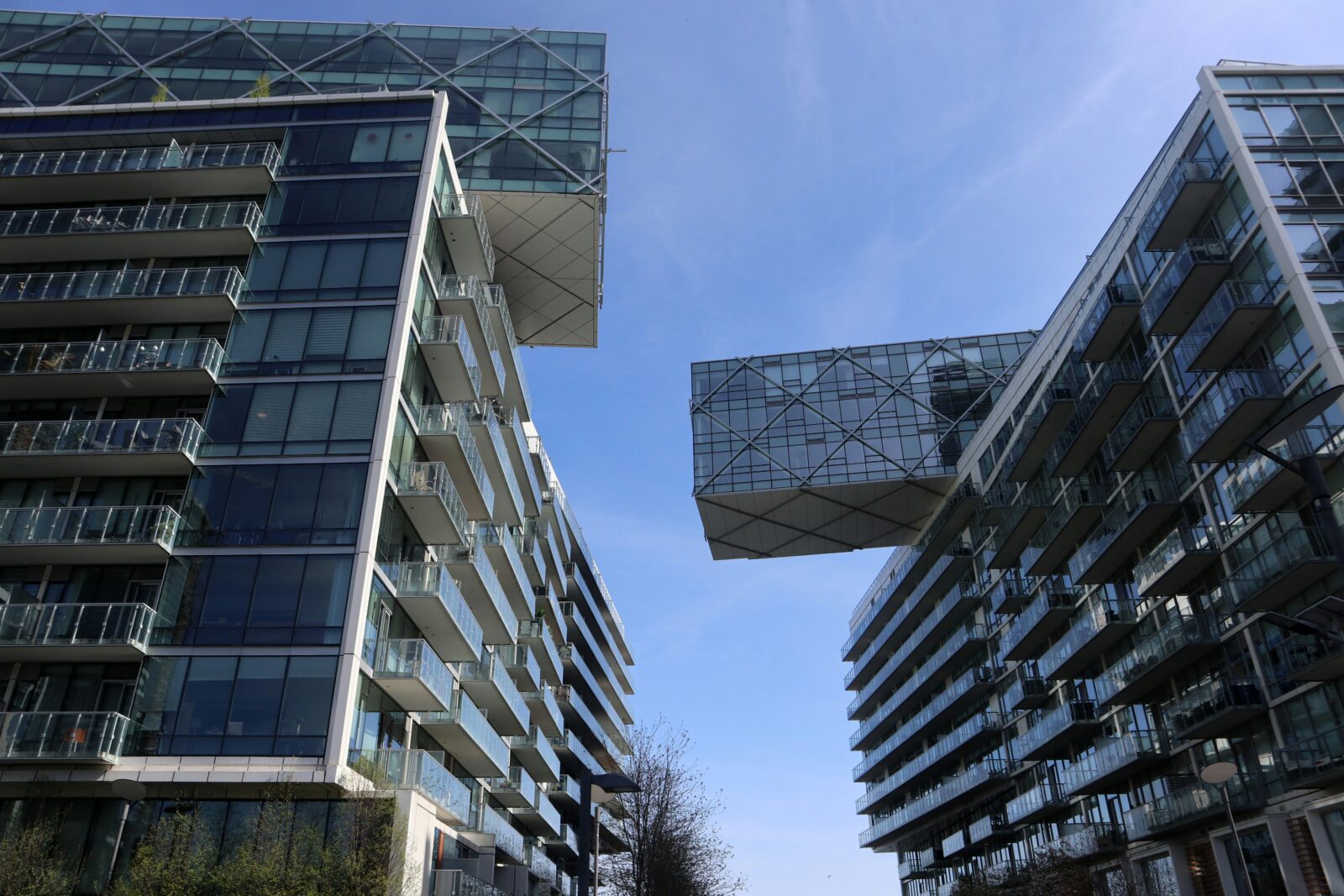Mediation & Arbitration
Mediation: A meeting between the parties and their counsel with a mediator that is intended to facilitate an open yet confidential dialogue about the dispute with the overall objective of settling the dispute or narrowing the scope of the disputed matters between the parties.
Arbitration: A legal process where the parties, through their counsel, present to a neutral arbitrator they have selected, their evidence and legal positions in connection with a dispute between them and the arbitrator issues a binding, enforceable ruling that determines the parties’ dispute.
Mandatory Mediation & Arbitration under the Condominium Act, 1998
Every declaration in Ontario is deemed to have a clause that provides a “disagreement” between a condominium and an owner respecting:
- the declaration;
- the by laws;
- the rules;
MUST be submitted to mediation, and if mediation fails, to arbitration.
What is a “disagreement”? The courts have ruled that the word “disagreement” must be interpreted broadly and means any case where there is a dispute concerning:
- the validity of the declaration, by law or rule;
- the application or non application of the declaration, by law or rule;
- the interpretation of the declaration, by law or rule;
Since the Act says the disagreement must be with respect to the declaration, by laws and rules, any disagreement respecting the Act does not have to be mediated and arbitrated. Instead, the disagreement can be submitted to the Court for a ruling.
Example: an owner is storing fireworks in his unit. This is breach of section 117 which provides that no owner shall permit a condition in his unit or the common elements which is likely to harm the property or others.
Example: an owner refuses to permit a condominium to enter the owner’s unit to perform maintenance and repair obligations on the condominium. This is a breach of section 19.
Example: an owner without board approval and a section 98 Agreement installs an interlock patio in her exclusive use common element rear yard. This is a breach of section 98.
Since the Act says the disagreement must be between the condominium and an owner, any disagreement respecting a tenant does not have to be mediated and arbitrated.
Example: a tenant in a unit often plays loud music in the early morning hours, violating a rule in the condominium that prohibits nuisance activities.
A party’s right to insist on mediation and arbitration may be waived in certain circumstances. For example, if the condominium applies to the Court to enforce a noise rule against an owner, the owner might consent expressly to the Court hearing the application or consent impliedly to the Court hearing the application by actively participating in the case and failing to insist on mediation and arbitration at the very outset.
Applications by a condominium or an owner to the Court under section 135 of the Act (the oppression remedy) are not subject to the Act’s requirements for mediation and arbitration. This section is intended to permit a condominium or an owner to apply to the Court for any relief the Court finds appropriate to remedy the effects of any unfair treatment suffered due to the acts or omissions of another party.
Court Applications
A condominium may apply to a Judge of the Ontario Superior Court of Justice to ensure that an owner or tenant complies with the Act. An application is comprised of a Notice of Application and sworn affidavit materials. The Notice of Application is a legal document issued by the Court Registrar and provides: (i) the relief requested to be ordered by the Court; (ii) a description of the grounds for relief; (iii) reference to the evidence to be used at the hearing of the application.
An affidavit is sworn written statement by a witness that has personal knowledge of the evidence involved in the case. The affidavit can append documents like the declaration/by laws/rules, letters, emails, faxes, photographs, videos, etc. The other side is entitled to respond with their own responding affidavits.
After these materials have been exchanged, the persons who have supplied affidavits can be examined under oath, out of court in an examiner’s office about the statements made in their affidavits. These examinations are transcribed and the transcripts can be admitted in evidence at the hearing before the Judge. The lawyers will also file factums, which are written briefs that summarize the facts, the issues and the legal positions of the parties. At the hearing, the Judge will hear oral arguments from both lawyers. The Judge will mostly rely on the application, responding affidavits, and the factums. Rarely, will a person that supplied an affidavit have to testify in court in person.
The Judge will then issue a written ruling that decides the application, which is called an Endorsement or Reasons for Decision. After deciding the dispute, the Judge will also decide which party should pay costs to the other and in what amount.
In a compliance case, where a condominium obtains an order directing an owner to comply, the Court will generally award all or most of the condominium’s legal costs and expenses, so long as the condominium was acting reasonably.
Even where the condominium obtains an award for less than the actual legal costs and expenses it spent, section 134(5) of the Act allows the condominium to charge to the owner’s common element account, the costs ordered together with any additional costs it incurred in obtaining the order for compliance. This means the condominium will be able to charge back all the legal costs and expenses it incurred in obtaining the compliance order. The policy reason behind section 134(5) is that the innocent owners in the condominium should not have to bear the legal costs that were caused by a non-compliant owner.
The Condominium Authority Tribunal (the CAT)
In November of 2017, the Condominium Authority Tribunal (the “CAT”) launched with the authority to mediate and determine, if necessary, disputes between condominium corporations and owners in relation to the disclosure of records by held condominium corporations. The CAT has three main steps to resolving a records related dispute between an owner and his or condominium corporation: (1) negotiation between the parties themselves; (2) mediation by a CAT member if the negotiations by the parties does not resolve the dispute and (3) adjudication of the dispute by a CAT member. The parties are to perform steps (1) and (2) through an on-line process offered by the CAT. This is intended to make the process accessible, cost effective and timely.
Since its inception, the Provincial Government has expanded CAT’s jurisdiction for the types of cases it can consider. In addition to disputes between condominium corporations and owners and disclosure of records, CAT’s jurisdiction now expands to unreasonable nuisance which includes any nuisance, annoyance or disruption caused by odour, smoke, vapour, light, vibration and infestation.
You can download the complete resource by clicking here.
Please contact the SimpsonWigle LAW LLP Condominium Practice Group if you have any questions!
Featured Image Credit: Photo by Pranav Shrivastava on Unsplash


